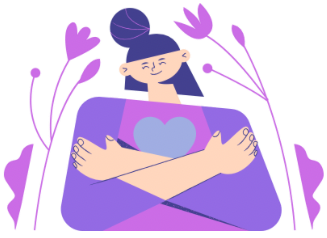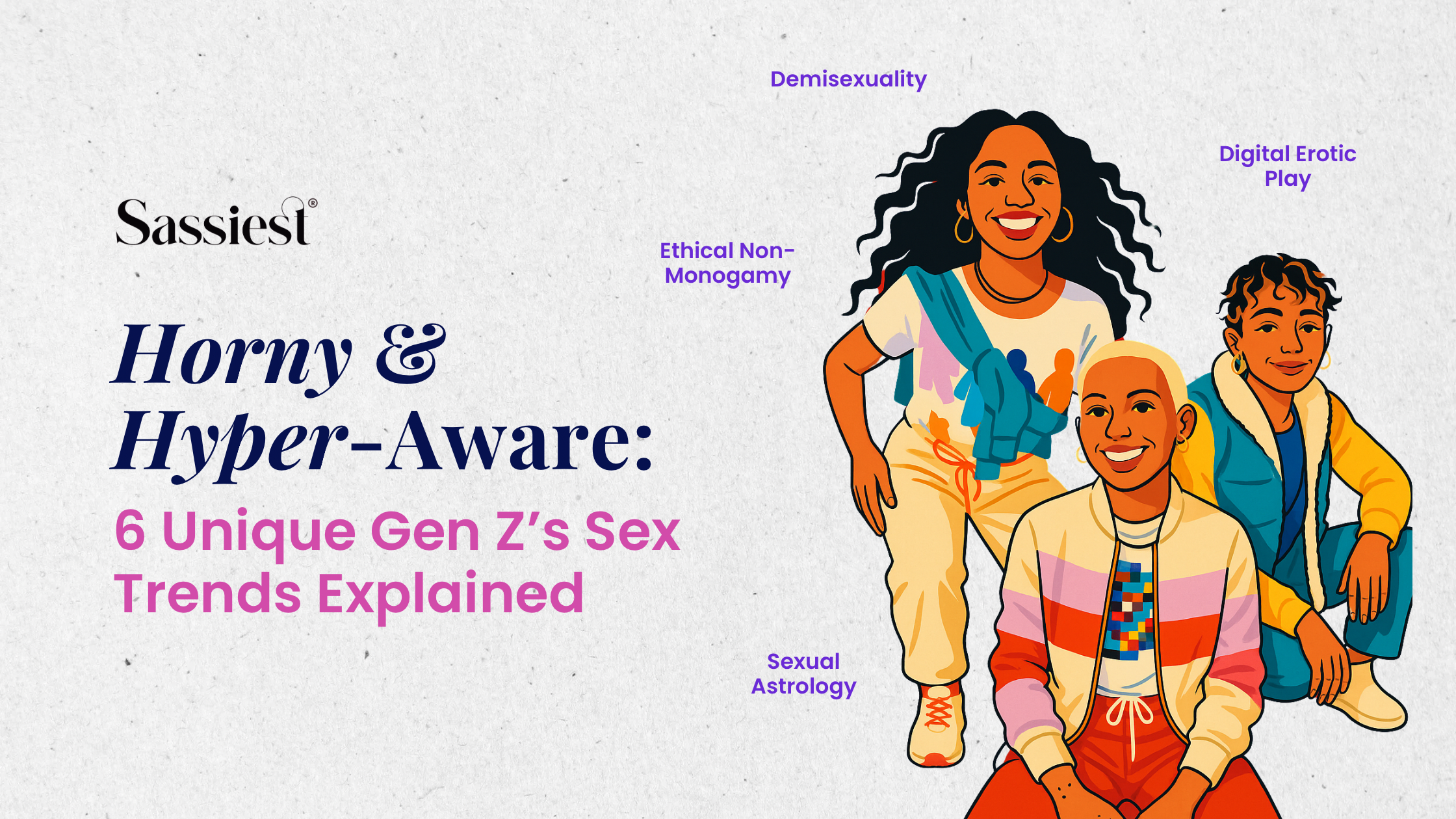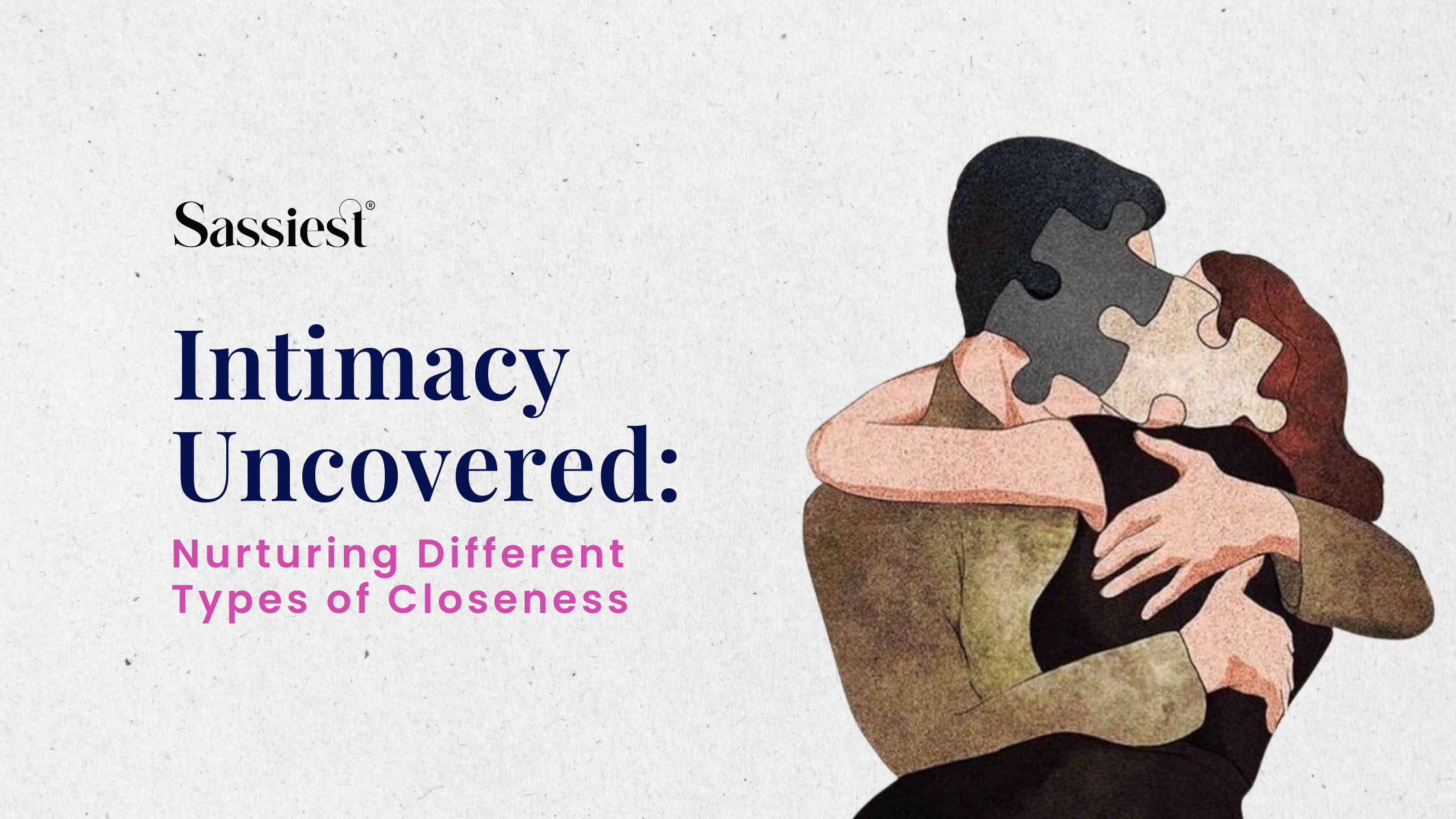We happen to live in a world that often equates love with lust and attraction with romance. This world truly believes that affection and intimacy cannot exist without physical expression, and hence, asexuality is frequently misunderstood or, worse, erased altogether. This is something that we must work together to alter on our journey to create an equal world, don’t you agree?
While visibility and acceptance around different sexual orientations and identities have slowly but surely been increasing, asexuality remains shrouded in confusion, stigma, and myths. People tend to view this gender identity as a phase. A lot of people out there also believe that asexuality is a result of childhood trauma or a sign of being “broken”. Alas, the core truth is far from these awful misconceptions.

So, What is Asexuality?
Firstly, let’s begin by understanding the fact that asexuality is a valid sexual orientation—One in which a person experiences little to no sexual attraction toward others, which doesn’t make these people unlovable or invalid.
Just like any other identity, asexuality exists on a spectrum and varies from person to person. It’s also important to note that in some cases, it might also mean not wanting sex at all; however, others may simply find it hard to experience attraction under some specific conditions or circumstances. To put it simply, one thing that is common for all asexual people is the fact that they do not place sexual connection at the center of their relationships.
As we strive toward a more inclusive society, it’s crucial to move beyond the stereotypes and myths that exist to open ourselves up to a deeper understanding. After all, when it comes down to it, acceptance and representation aren’t optional. They’re supremely essential.

Debunking the Myths
One of the biggest myths out there is the validity of asexuality as a gender identity in itself. People tend to believe that asexuality is a disorder, a trauma response, or a condition to needs to be ‘fixed’, but it isn’t. It’s also not a phase that people “grow out of” or “haven’t tried hard enough” to overcome. It’s important to understand that these myths are not just ignorant, they’re genuinely harmful.
Another very common misconception is the fact that asexual people can’t fall in love, and it couldn’t be more wrong. Just because someone isn’t into connecting physically, it doesn’t mean that they aren’t capable of romance. In reality, asexual individuals experience intense romantic attraction and hence, they can form deep, loving, and committed relationships with ease.
They may identify as heteroromantic, homoromantic, biromantic, panromantic, or even aromantic, but guess what? None of this invalidates their capacity for companionship, connection, and care as a person. It’s very awful to discount them as people who deserve everything amazing that the world has to offer just because they choose to be different.
Another very damaging belief is that asexual people are cold or emotionally distant. The truth, however, is extremely different. You see, asexual individuals can be just as affectionate, empathetic, and emotionally invested as anyone else. They may desire intimacy, cuddles, deep conversations, shared goals, and much more. The only difference is that all of this comes without sexual interaction—It’s that simple!
Why Does Visibility Matter?
The very existence of these myths is precisely why representation is important. Asexual people have spent far too long being overlooked and misunderstood. The Increase in inclusivity and visibility will help normalize asexuality, making space for more honest conversations around desire, consent, identity, and love.
When media and mainstream culture begin to reflect the full diversity of human experience, including asexuality. It sends a powerful message: you are seen, and you are valid. This is how they allow those questioning their own identity to recognize themselves and feel supported.

The more we talk about asexuality, the more we realize how beautifully diverse the human experience is. It is very important to move beyond the binary concept of gender and embrace the beauty of the rainbow. Every life matters, and every experience is valid. We don’t only need to learn, but we also need to learn the wrong things that we’ve been taught in the past.
So, the next time someone tells you they’re asexual, believe them. Support them. Celebrate them. This is because queerness is expansive, and there is room for every kind of experience. So, let’s welcome them with open arms.





